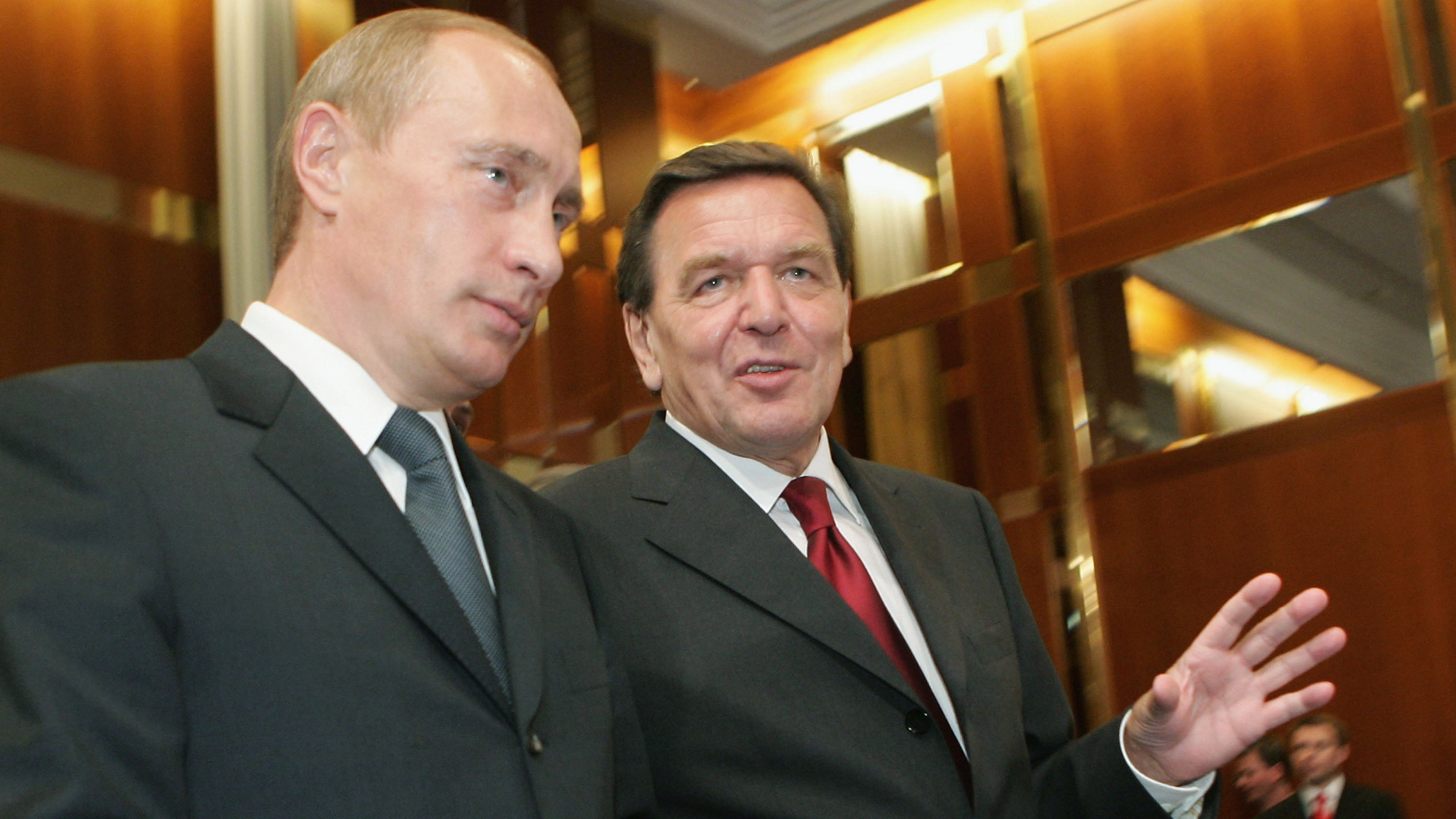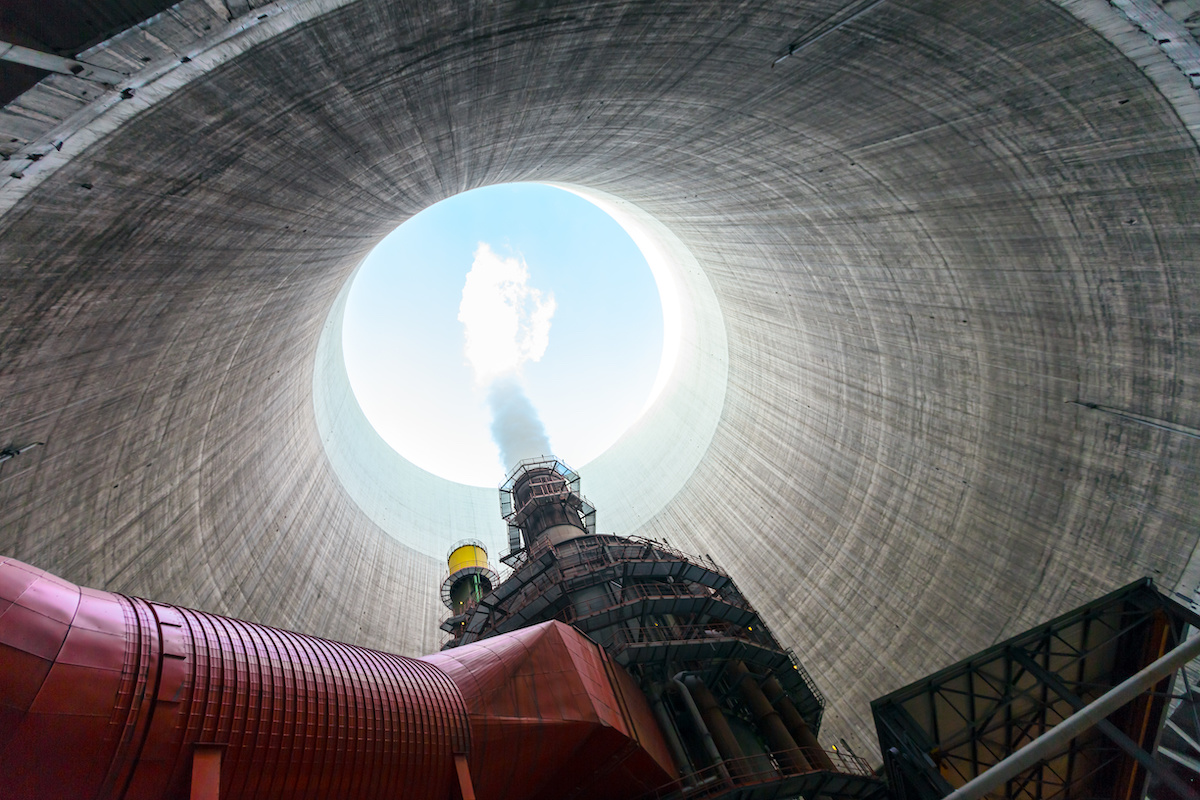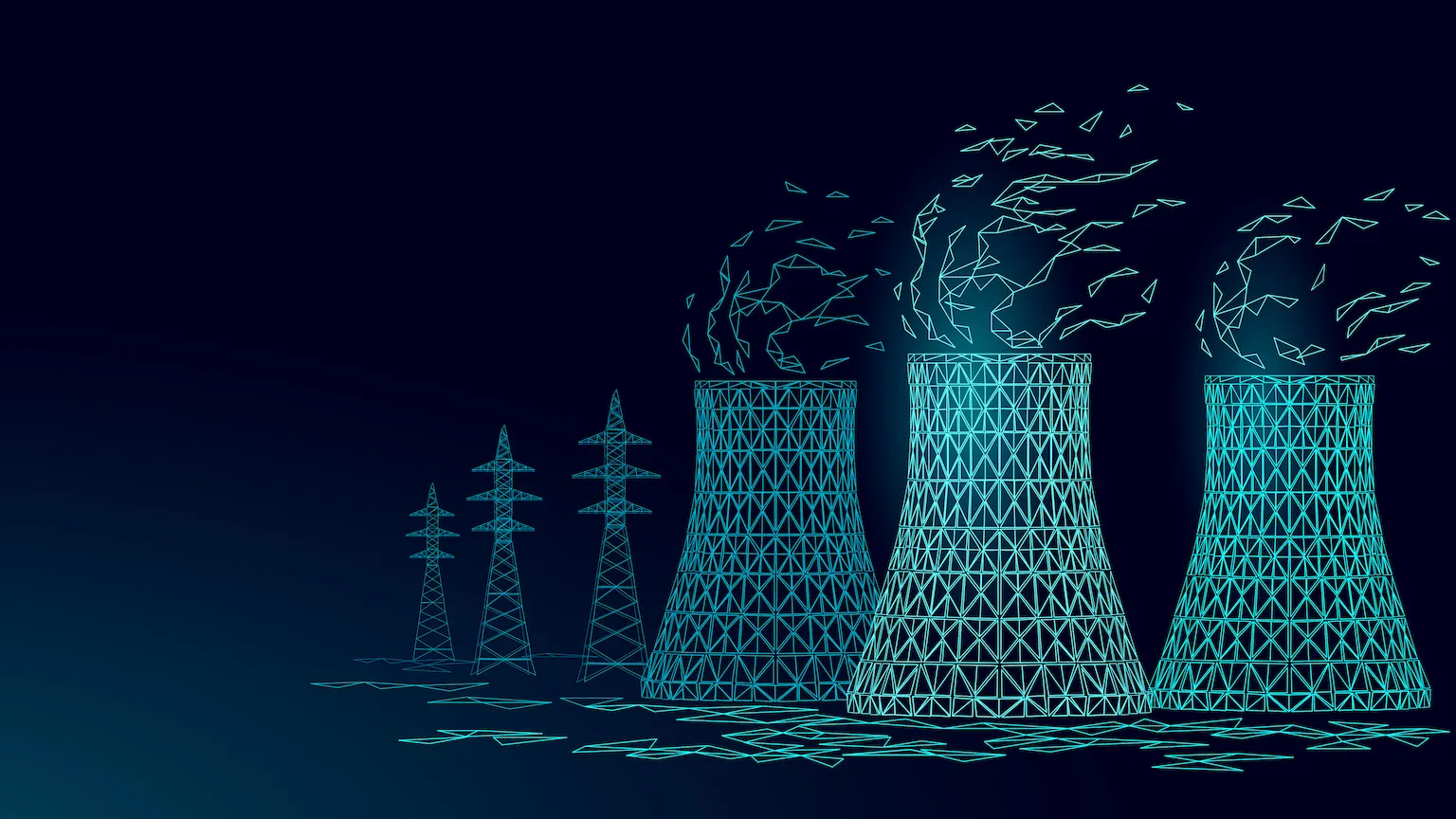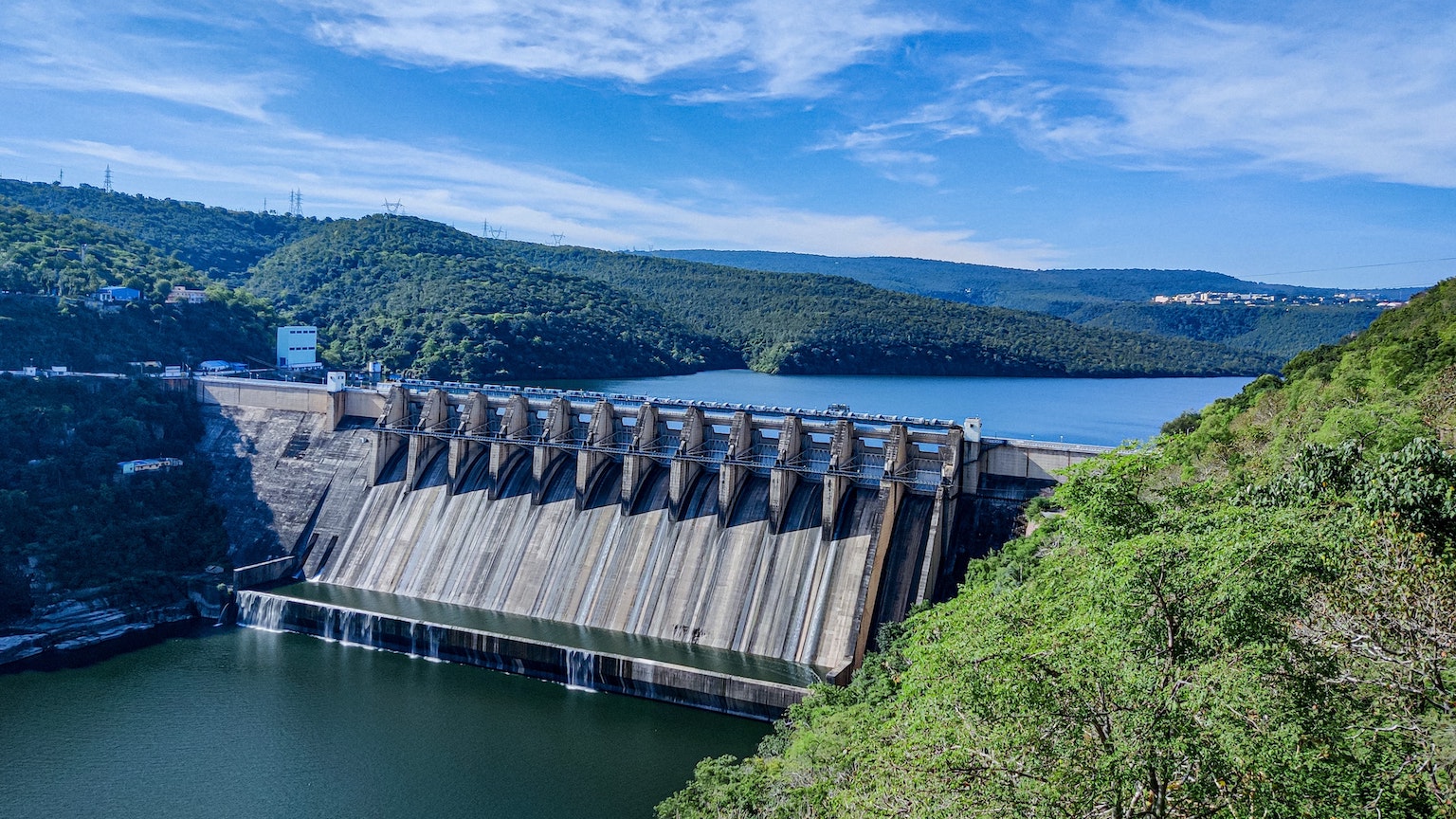Finland prepares world’s first “nuclear tomb”
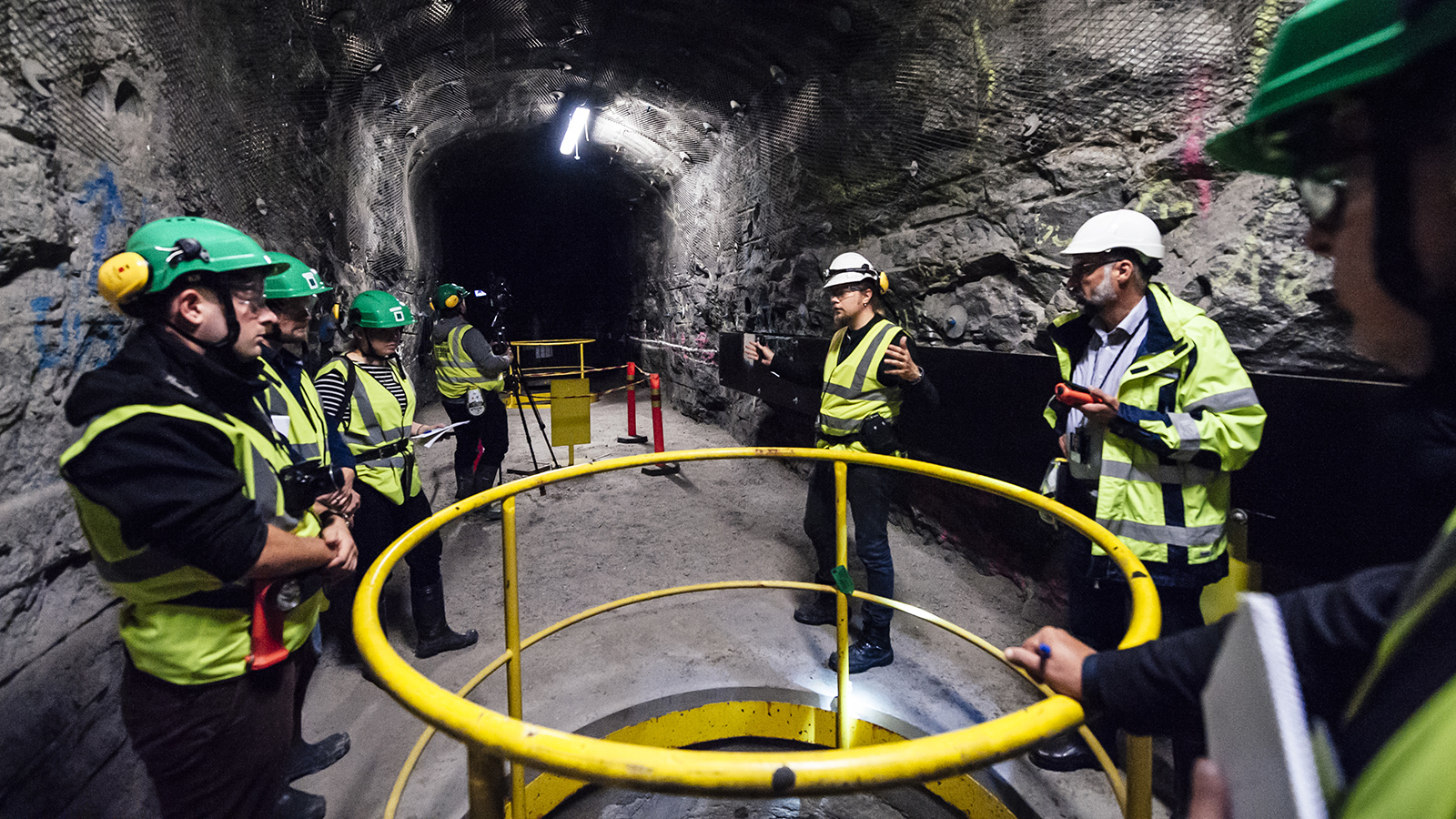
- The primary drawback of nuclear power is the radioactive waste that must be disposed of safely.
- Finland soon will operationalize the world's first geological disposal facility — a "nuclear tomb."
- The site chosen has been geologically inactive for a billion years.
There is ecological promise in nuclear power.
Free from greenhouse emissions and air pollution, not dependent on the whims of the weather, nuclear energy could be a powerful force for the transition from fossil fuels. But it does have a drawback: radioactive waste that can remain dangerous for thousands of years.
And while nuclear fusion would eliminate this problem, it has yet to be harnessed successfully, so fission byproducts are currently unavoidable.
But beneath Finland’s forests, the solution scientists around the world have settled on is set to begin its crucial job. Within a few years, the hot waste will be sealed in copper sarcophagi and put to rest in ancient, static bedrock, to sleep undisturbed for 100,000 years in their “nuclear tomb.”
Nuclear energy could be a powerful force for the transition from fossil fuels, but for a major drawback: radioactive waste that can remain dangerous for thousands of years.
Science’s Sedeer El-Showk visited the site, called Onkalo, on the Finnish island of Olkiluoto. Onkalo will be the world’s first operational geological disposal facility (GDF) or deep repository.
The site was chosen because it has been geologically quiet for the past billion years, researchers told El-Showk. It lies between two parallel fault zones, which would absorb the energy of an earthquake and leave the site safe.
It is water, not earthquakes, that poses the greatest risk of loosing the radioactive waste. For this reason, GDFs must be carved from rocks and minerals resistant to water, their every crack mapped and filled.
Spent fuel rods from Finland’s power plants — nuclear provides more than a third of the nation’s electricity — will first cool for a couple decades in holding pools, before being transported to Onkalo, where they will be sealed in a warren of tunnels 1,400 feet below ground.
When the rods first arrive, any remaining water will be vacuumed away by robots; then they will be sealed in cast iron canisters, inside a copper canister, with argon gas forming an extra barrier in between the two. (Argon is one of the famously inert “noble gasses” you may remember from school.)
Those copper canisters are then surrounded by another shell of bentonite, a clay which can absorb water and hold back the relentless assault of microbes.
“You’re never relying on a single barrier,” Emily Stein, a GDF researcher at Sandia National Laboratories, told El-Showk.
Beneath Finland’s forests, the waste solution scientists around the world have settled on is set to begin its crucial job.
A vexing problem: It has taken decades of work for GDFs to arrive as the consensus favorite for nuclear waste disposal, the University of Sheffield’s Lewis Blackburn writes in The Conversation.
There have been other ideas, of course; sending it into space, or the sea, or under the seafloor. But these were all eventually set aside as too risky.
The key to GDFs’ ability to hold waste for hundreds of thousands of years is the multi-barrier concept demonstrated at Onkalo. By combining artificial layers of security with natural ones, the radiation can be kept locked up to slowly cool off.
Some researchers have raised concerns about the containment materials at Onkalo, though; according to El-Showk, chemist Peter Szakálos and colleagues have performed experiments that lead him to believe the copper will eventually crack, and that the facility should have gone with bronze.
But other teams have either been unable to replicate those results, or have found that the resulting changes are so slow as to not pose a true threat.
But perhaps the biggest barrier to GDFs is the same one nuclear power a whole must surmount: public perception.
Within a few years, the hot waste will be sealed in copper sarcophagi and put to rest in ancient, static bedrock, to sleep undisturbed for 100,000 years in its “nuclear tomb.”
Onkalo’s success is being attributed in no small part to Finland’s culture of trust in institutions and reliance on nuclear power; the towns nearby have staffed power plants for years now.
But in other nations, the public and local governments put up stiff opposition, as is the case with the proposed Yucca Mountain GDF in Nevada, which has been languishing for 20 years.
The technology to handle nuclear power’s most vexing problem is here (and the waste itself sure isn’t going away); what is needed is the will and consensus to build it.
“It is the scientific consensus, internationally, that the GDF approach is the most technically feasible way to permanently dispose of nuclear waste,” Blackburn says. “Onkalo is an example to the world that scientific collaboration and open engagement with the public can make safe disposal of nuclear waste possible.”
This article was originally published on our sister site, Freethink.
